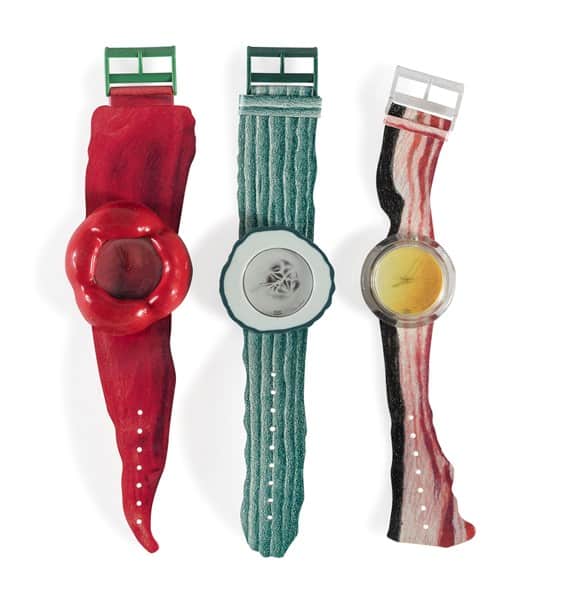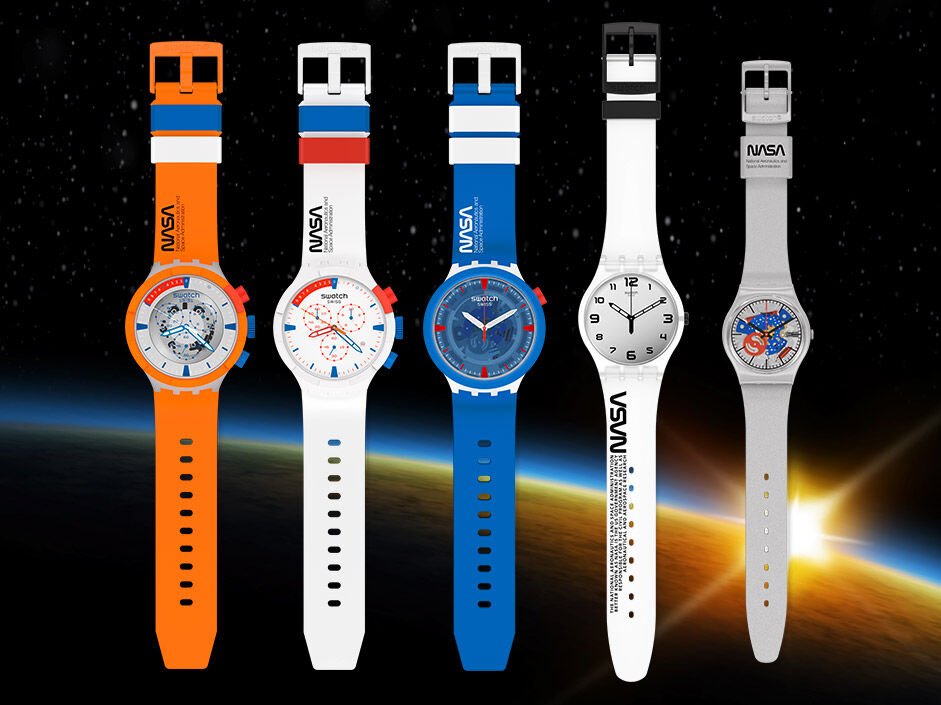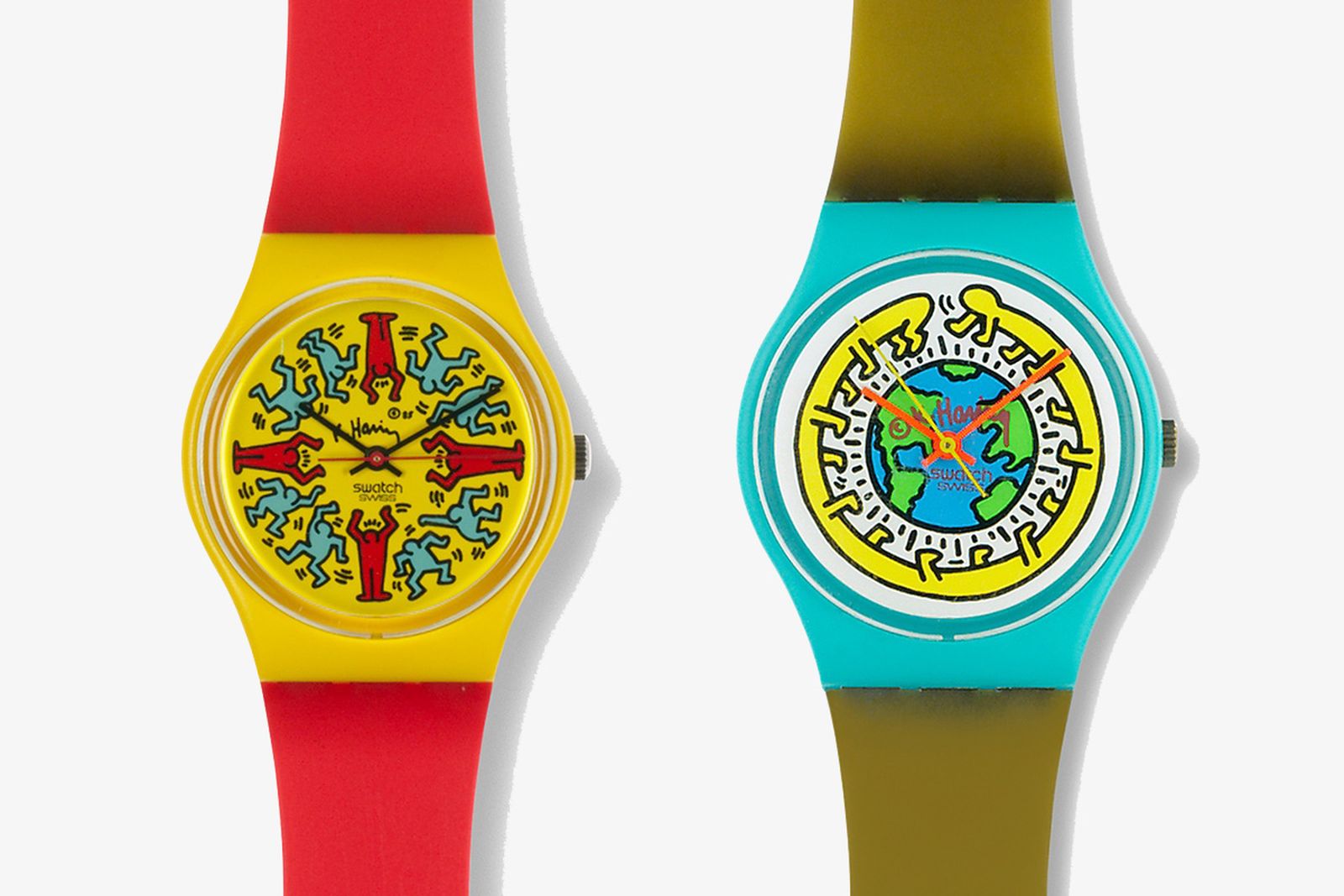
Top 27 Facts About Swatch – Interesting Things to Know
Swatch is unarguably one of the most well-known and popular wristwatch brands in the world. Swatch is known all over the world and also has a really important history, although it is much younger than some of the other well-known Swiss watch brands like Omega, Rolex, or Patek Philippe. As a matter of fact, you may in a way even say that Swatch saved the Swiss watch industry.
Swatch is known and appreciated for its affordable yet stylish and unique watches and it is their accessible price that has made them popular across all ages, from children to the elderly, and even amongst those who never previously used to wear a watch.
In this article, we are looking closer at the Seiko brand, the company, its history, and its watches.
Top interesting facts about Swatch
When the quartz movement came around, sales of swiss watches dramatically decreased. The Swiss watch industry found itself in a challenging place with declining sales as a result of Japanese watch brands like Seiko and Citizen which is known as the quartz crisis.
Swatch was the Swiss watch industry’s response to the affordable and mass-produced Japanese quartz watch. Swatch’s iconic plastic watch was cheap to manufacture, contained fewer parts than usual, and could be entirely manufactured by machine. This allowed the Swiss watch industry to go head to head with affordable Japanese watches. And this proved to be a hugely successful strategy.
5. The initial prototype for the Swatch concept was made with less precious material and fewer parts
The initial prototype for Swatch was made with less precious metal than normally used (plastic) and the number of parts was also reduced from 51 to 91. This prototype satisfied Hayek and his vision for what Swatch was intended to become.
5. Swatch was creative with new ways of distributing the Swatch watch
Because of the fact that the Swatch was intended to be a cheap and disposable watch, it opened up new possibilities for the distribution of the timepieces. They no longer had to be exclusively sold in luxurious boutiques like other luxury watches.
Swatch was very creative with the distribution channels for the Swatch watches and used many interesting sales points. In fact, Swatch watches were sold in rather unexpected locations.
One such interesting location was a fruit and vegetable market. This was a specific model line known as the “Veggie Line”. This line was inspired by vegetables and designed by the Australian artist Alfred Hofkunst.

6. Marketing played a crucial role in the success of Swatch
Marketing players a crucial role in the success of Swatch watches. The company had a great product that would appeal to the market but all great products need great marketing.
To market the Swatch watches, the company hired marketing consultant Max Imgruth who was named president of the American division of Swatch. Under his leadership, Swatch saw sales go from $3 million in 1984 to $105 million in 1985.
Clever marketing and a unique, appealing product made the Swatch watches very much in-trend and resulted in a huge increase in their popularity.
7. Swatch released 2 collections with 22 to 24 watches per year
Every year, Swatch released two new collections with 22 to 24 different versions. Of course, the large number of watch designs that this resulted in over the years required new ideas and creativity. To come up with new ideas for designs, Swatch, therefore, worked together with a number of different people to help them design new timepieces. In 1984, they partnered with the artist kiki Picasso to design a series of watches and in 1985, they worked together with Keith Hairing to do the same.
8. The 100 millionth Swatch watch was produced on April 7, 1992
Swatch was founded in 1983 and just 9 years after, the company had produced 100 million watches. It was an enormous feat and the huge popularity of Swatch watches basically saved the Swiss watch industry.
9. Swatch introduced its first metal case watches in 1993
Up until 1993, Swatch watches were only made in plastic and were synonymous with this material. But in 1993, the company introduced its first metal case watch in order to compete with other affordable watch brands that were competing with Swatch. Swatch launched the metal cases under the Irony collection.
For a watch brand that had only made watches in plastic before, it was a rather big and important step for the company.
10. A Kiki Picasso Swatch watch sold for $28,000 in 1992
Kiki Picasso was one of the many different people that Swatch partnered with to design new models and collections. One particular Kiki Picasso watch was produced in a limited series of only 121 total timepieces. One such watch was sold for a staggering $28,000 in 1992. Bear in mind that this watch cost less than 100 dollars when it was sold new.
11. The first Swatch collection included twelve Swatch models
As you know, countless models would come to be added year after year. The collection was introduced on the 1st of March in 1983 in Zürich, Switzerland.
12. The first Swatch watches had a price from CHF 39.90 to CHF 49.90
After some time, in the same year, Swatch standardized the price to CHF 50.00 for all timepieces.
13. Swatch had a sales target of one million timepieces for the first year, 1983
Swatch’s sales targets for the year after, 1984, were set to 2.5 million so it’s safe to say that the company had high hopes for the new model.
14. The largest Swatch collection of 5800 watches went up for sale and sold for $6 million
In 2015, the largest Swatch collection to have ever come up for sale – and likely one of the largest collections in the world was put up for sale. The whole collection sold for $6 million.
15. Swatch opened up 60 stores around the world in 1997
Its own boutiques were some of the points of sales for Swatch watches. With the growing demand and interest in Swatch watches came a growing need for its own boutiques.
Today, Swatch has stores all over the world.

16. The Swatch watches became so popular in the 1980s and 1990s that many stores had to limit the number of watches to one per person
When Swatch released exciting new releases, there were often large crowds around the points of sale for Swatch watches. Because of the huge popularity, stores often had to set a limit of 1 watch per person but that didn’t stop those who really wanted to buy more.
Some customers would go into the store to buy one and then change clothes and disguise themselves to buy more watches.
17. Some limited edition Swatch watches sold for far more on the secondhand market
Limited edition Swatch watches were particularly sought after by collectors and as a result, they could often sell for thousands of dollars on the secondhand market. This of course reminds us of the situation for some watch brands today but this is proof that this situation has existed before. Interestingly enough, for Swatch watches.
18. Swatch watches were the first watches to be made completely using machines without human intervention
It was the creation of a watch that could be manufactured completely automatically without using machines and without direct human intervention that allowed Swatch watches to be priced so affordably. This new way of manufacturing was crucial in order to make affordable timepieces that could compete with the cheap Japanese quartz watches. The automated manufacturing process allowed Swatch to reduce its production costs by about 80% – all whilst maintaining quality.
19. The largest group of customers for Swatch were individuals who had no interest in watches prior
With this said, it goes to show that Swatch really succeeded in reaching new audiences with its new concept. Swatch watches were not the traditional timepieces that were promoted as pieces of art made with great craftsmanship.
Instead, they were promoted as fashion accessories and disposable accessories and this appealed to a new audience that had previously shown no interest in watches. Swatch customers were also often young, which is understandable considering the watches’ connection to fashion and the idea behind them.
20. Swatch sold 3.5 million watches in the first 21 months
As mentioned, Swatch had a sales target of 1 million watches for the first year and 2.5 million for the second year so the company even beat its own targets which goes to show just how successful the watches were.
21. When Swatch turned 20 years old, it had sold 300 million watches and produced 2,500 models
22. The purpose of Swatch was to regain market share that the Swiss watch industry lost to Japanese quartz watches
It’s safe to say that Swatch succeeded very well in doing just that as the Swatch watches became extremely popular all around the world. Moreover, the idea was to make analog watches more popular again and hopefully introduce more people to Swiss watches and of course all of the other watches that the Swiss watch industry had to offer – including the more exclusive.

23. Swatch was founded by the Swiss watchmaker Ernst Thomke, Elmar Mock, and Jacques Müller
But as already stated, Nicolas Hayek was an important driver behind the concept of Swatch watches.
24. Jacques Irniger was hired by the group to launch the Swatch
Jacques Irniger had previously worked as the marketing executive for Colgate, Nestlé and the group put their faith in him in 1983 to help launch the Swatch and make it a success.
25. Nicoles Hayek once told an interesting story about an encounter with the Queen of Spain
Nicolas Hayek said: “Swiss watchmaking is not just about luxury watches. Swatch is as valid as Breguet! On the official occasion, I donated a watch with diamond tips to the Queen of Spain. I still remember the disappointed look on her face. Because they came from me, she hoped for Swatch!”
26. Not all Swiss watchmakers were enthusiastic about the Swatch
In fact, Swatch actually met resistance from other Swiss watchmakers. Whilst the idea of Swatch was to regain market share and to help save the Swiss watch industry, not everyone was convinced. Some brands even refused to sell parts to Hayek.
They believed that the Swatch would further damage the Swiss watch industry and reduce sales of classic mechanical watches further.
27. The thinnest Swatch – the Skin, was introduced in 1997
A new, thinner version of the classic Swatch was released in 1997. This was named “Swatch Skin” and measured only 3.9 millimeters thick. At the time that it was released, it even broke the world record as the thinnest watch ever created. Of course, the record has been broken many times since.




